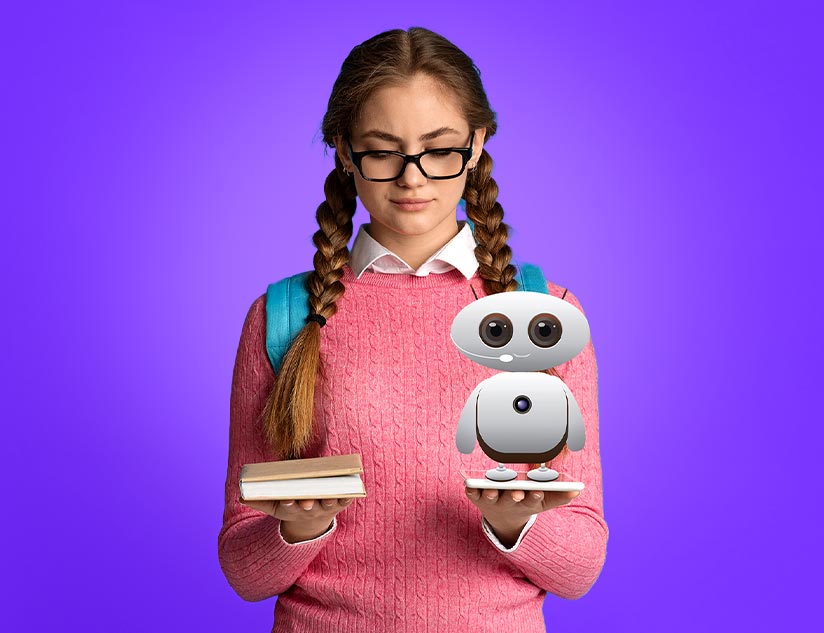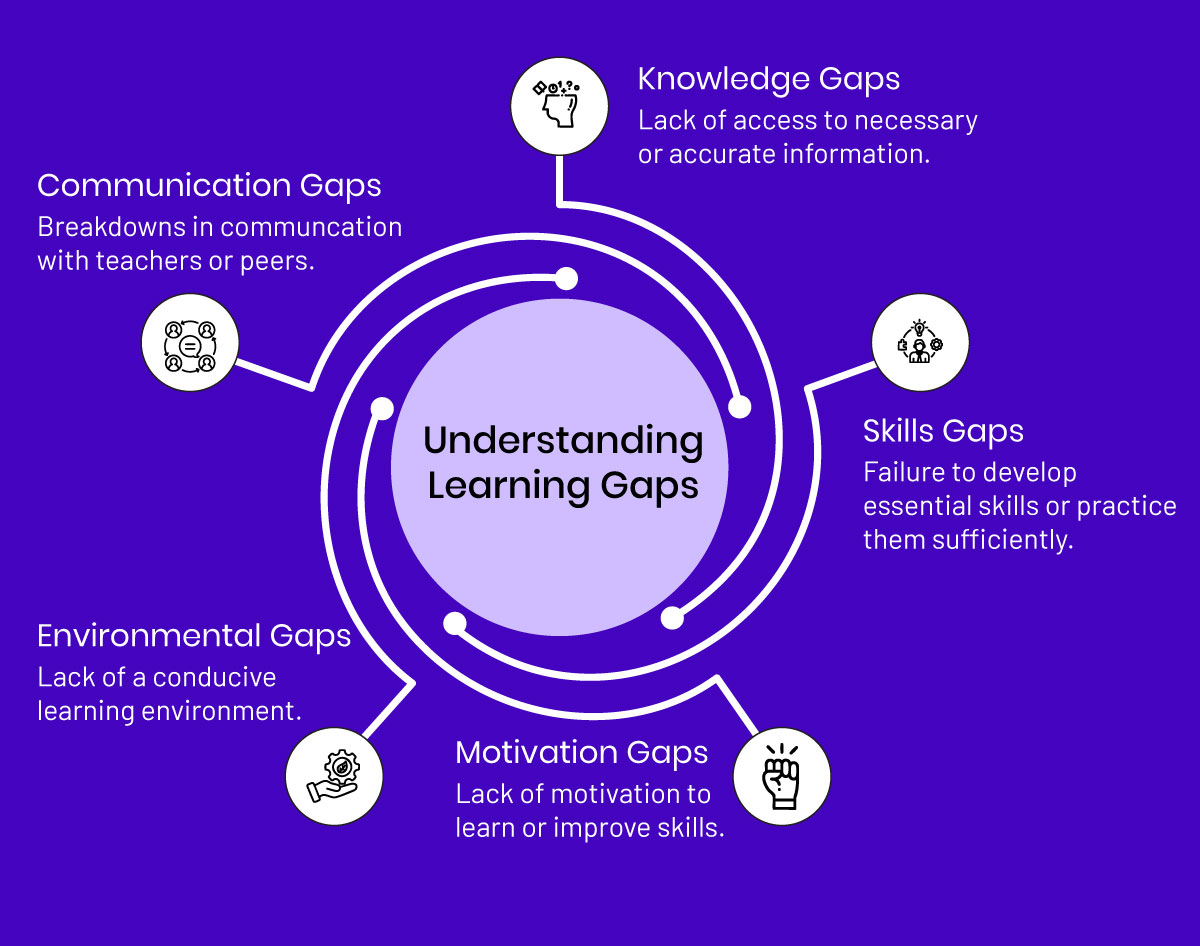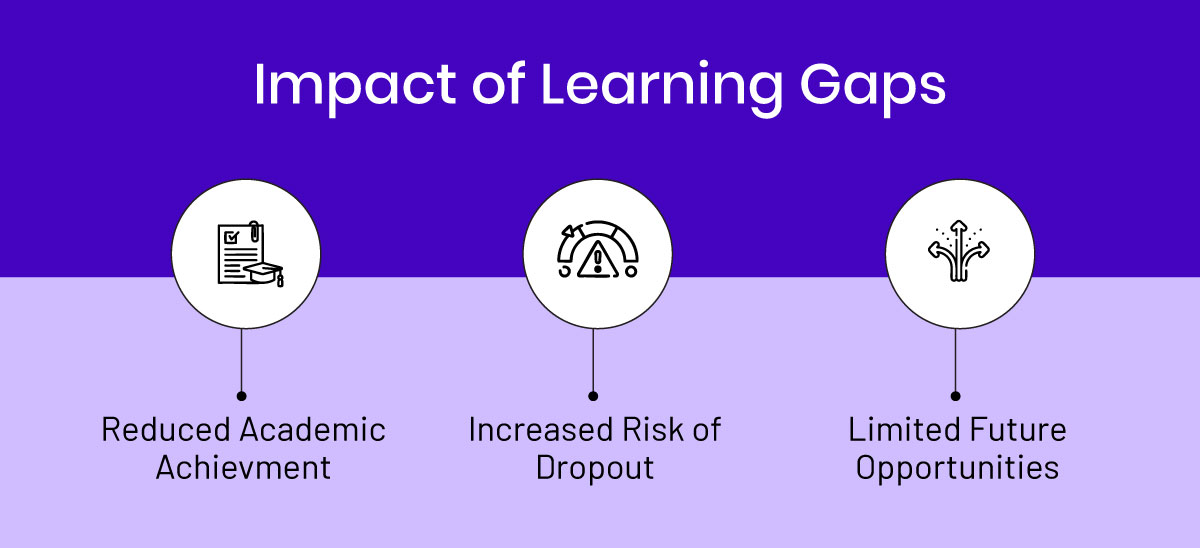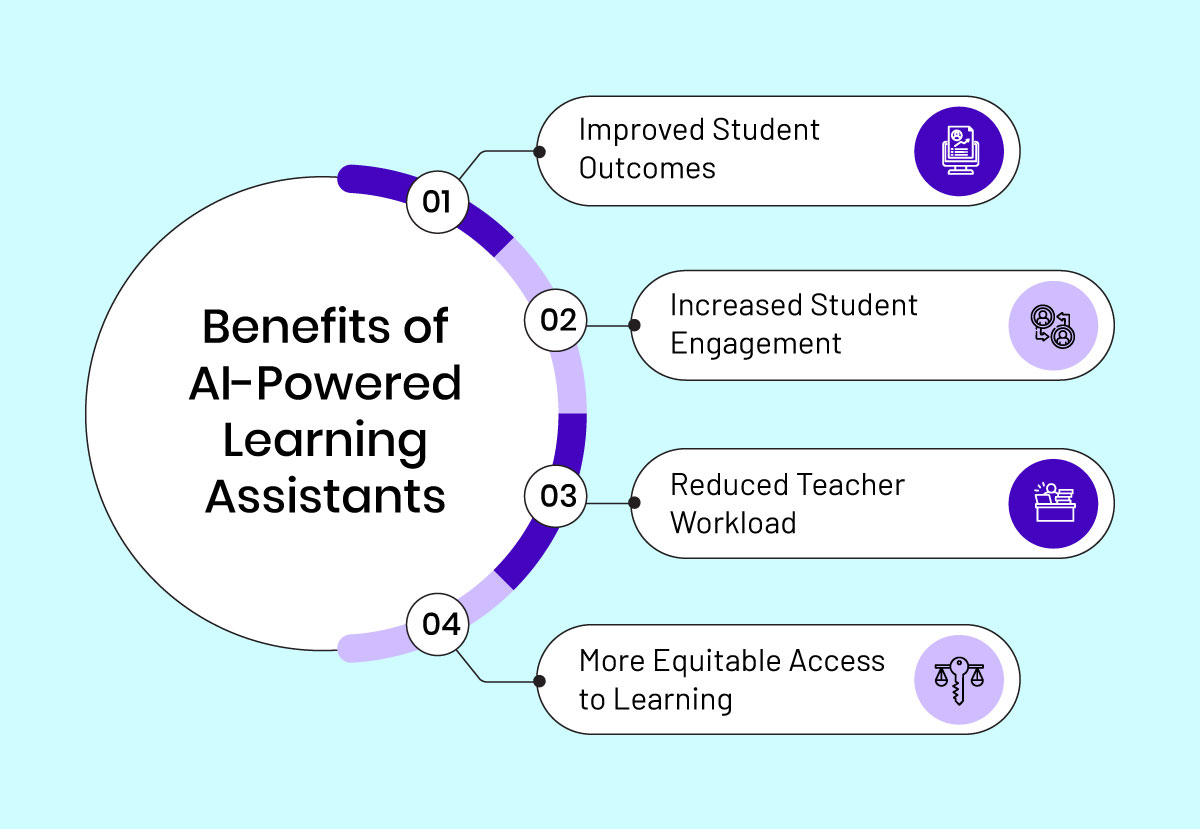K-12 education looked very different even 10 years ago. Today, the traditional chalkboard has been replaced by a smartboard and students are being encouraged to actively participate in their own learning. Unfortunately, one thing that hasn’t changed over the decades is the existence of learning gaps. In fact, despite efforts at standardizing education and various policy reforms, these gaps have widened over the years. As edtech solutions continue to evolve, K-12 digital publishing platforms can prove invaluable in bridging learning gaps. Educational publishers can play a key role in driving academic achievement by offering personalized learning experiences with the help of AI-powered learning assistants.
Why Do Learning Gaps Exist?
Disparities in student understanding and mastery of academic concepts and skills can arise from numerous factors, such as differences in prior knowledge, instructional quality, learning styles, and socioeconomic backgrounds. The resultant learning gaps can lead to students falling behind their peers or struggling to meet grade-level expectations.
Socioeconomic Disparities
Students from low-income backgrounds or minority groups may face challenges accessing quality education. Even when equitable learning is available on digital learning platforms, such students often lack consistent access to devices and/or reliable internet connectivity.
Chronic Absenteeism
Frequent absence from school can hinder a student’s ability to keep up with the curriculum. Chronic absenteeism could be due to various factors, such as family circumstances, chronic illness, or mental health challenges.
Students with Special Needs
Students with special needs, such as visual or hearing impairment, learning disabilities, etc., may require specialized support to succeed in the classroom. This is where digital learning platforms powered with accessibility tools and AI-powered learning assistants can help.
Lack of Feedback and Reflection
Firstly, the one-size-fits-all approach often leads students to struggle when instruction doesn’t align with their preferred learning style. In addition, students may not receive adequate feedback on their work or have opportunities to reflect on their learning, which can hinder their progress. AI in education can solve this problem by personalizing learning paths and providing instant feedback with recommendations to improve performance.
How AI Supports Struggling Learners
AI is reshaping all sectors of the economy, but K-12 education presents a unique opportunity. The technology has the potential to close learning gaps and enhance learning outcomes in unprecedented ways. Little wonder then that the global market for AI in the education market is projected to expand from $5.18 billion in 2024 to $112.3 billion by 2034. A prime example of AI supporting struggling learners is the way AI learning assistants improve engagement and promote active learning. Their role is to support human teachers, rather than replace them. Here are some other ways in which AI powers edtech solutions.
Personalized Learning
AI analyzes student data to identify learning gaps and individual needs, tailoring content, pace, and difficulty levels accordingly.
Real-Time Feedback
AI-driven assessment evaluation not only frees teachers’ time to focus on targeted support, but it also provides immediate feedback, helping students understand how to improve performance.
Improved Engagement
AI-powered interactive and gamified learning experiences can make learning more enjoyable and engaging. Plus, tools for collaboration promote SEL and peer-to-peer learning.
Accessibility and Inclusivity
AI tools, like speech-to-text and vice versa, make learning more accessible for students with diverse needs. The technology also supports quick and cost-effective translation into multiple languages, taking the context and cultural sensitivity in consideration.
The Role of K-12 Digital Publishing in Bridging Learning Gaps
Publishers play a crucial role in bridging learning gaps by leveraging AI to create, format, and distribute content in a way that is inclusive and caters to diverse learning needs. A digital learning platform with an in-built AI-powered content authoring tool powers K-12 digital publishing to transcribe text, generate alternative formats, and personalize content, ensuring that knowledge is accessible to all learners, including those with disabilities.
Creating Accessible Content
AI can automate the process of converting text into audio, braille, or other accessible formats, making content usable by individuals with visual, auditory, or cognitive impairments. AI-powered edtech solutions can also identify objects in images and generate descriptive text (alt text), enhancing accessibility for users who rely on screen readers.
Improving Content Delivery and Engagement
AI-powered learning assistants can function as search and recommendation engines to help students find relevant information quickly and easily. They can also provide support, answer questions, and guide users through learning materials, enhancing engagement and comprehension.
Challenges & Considerations of AI in Education
The most prominent consideration of using AI-powered edtech solutions is maintaining the highest levels of data privacy and security, in compliance with regulations such as FERPA, COPPA, and GDPR. This is because AI systems often require extensive data, raising concerns about how this information is stored, used, and protected, potentially leading to data breaches.
The other key challenge of AI in education is the risk of algorithmic bias. It has often been said that an AI/ML tool is only as good as the data it is trained on. However, if there are inherent biases in the data, it can perpetuate discriminatory practices.
Finally, the ethical implementation of AI is crucial, focusing on fairness, transparency, and human-centered approaches. It is important to ensure that AI systems are inclusive and equitable, prioritizing human interaction and support in the learning process while avoiding bias and protecting data privacy.
Overcome Challenges with MagicBox™
MagicBox™ is a multi-award-winning digital content creation and distribution platform that eases scalable AI integration for K-12 digital publishing. The platform’s AI-powered learning assistant, KEA, functions as a friend, guide, and mentor for students, providing custom summaries and recommendations to promote deep learning. It makes content easily discoverable and answers students’ queries in the absence of teachers.
MagicBox™ also simplifies integrations and compliance with regulatory and industry standards, such as LTI, QTI, SCORM, WCAG, and more. In fact, the digital learning platform is all an educational publisher needs to fulfil their global expansion aspirations.
Ready to take the driver’s seat in bridging learning gaps and enhancing academic outcomes? Speak to our experts today.
Get the Whitepaper: Closing Learning Gaps and Increasing Student Achievement

















